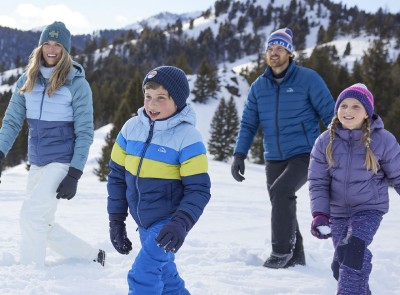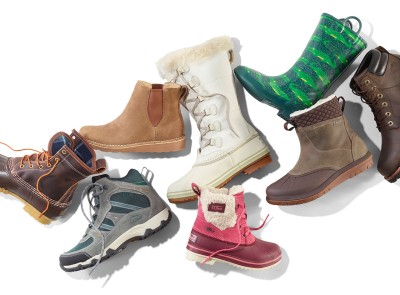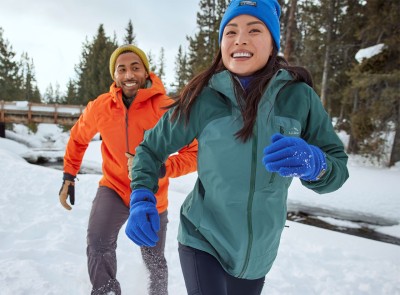How to Put On Snowshoes
Mackenzie walks you through how to put on a snowshoe in five simple steps so you can be ready for your next snowshoe adventure.
4 Min. Watch | Winter
Learning how to put on a snowshoe doesn’t have to be complicated. We’ve broken down the process to these five easy steps that’ll have you ready to head out there in no time.
Step 1: Left or Right?
Start by figuring out which snowshoe goes on which foot. Usually, they say “left” or “right” on the binding or have and “L” and “R”. Universal snowshoes can go on either foot, though it’s best practice to have the buckles face out so they don’t rub.
Step 2: Place Foot on the Binding
Make sure the straps are open and position the ball of your foot over the pivot point in the center of the snowshoe. Be careful to make sure the front of your boot doesn’t overlap the front of the snowshoe. Otherwise, your foot won’t be able to pass through the hole.
Step 3: Secure/Tighten the Straps
There are quite a few different strapping systems out there, but the principle behind them all is fairly similar. There’s usually a piece that secures the front of your foot and one that wraps around your heel. Start by securing the front straps, usually the one closest to your ankle, before securing the heel. Make sure the straps are tight, but not so tight they cut off circulation.
Step 4: Give it a Little Shake
Once the straps are secured, stand up and give the snowshoe a little shake. It should feel secure but not uncomfortably tight. If you feel it moving around a lot, you may need to cinch down the straps a tiny bit more.
Step 5: Repeat on the Other Foot
Follow these steps for your other foot, and you’ll be ready to hit the trails in no time!
Get ready for your next snowshoeing trip with snowshoes, insulated boots and outerwear designed to make it even easier for you to get outside.
Need some inspiration or advice? Explore our Get Outside Guide to learn how to size a snowshoe or find the perfect base layer, outerwear or winter boots and so much more.




